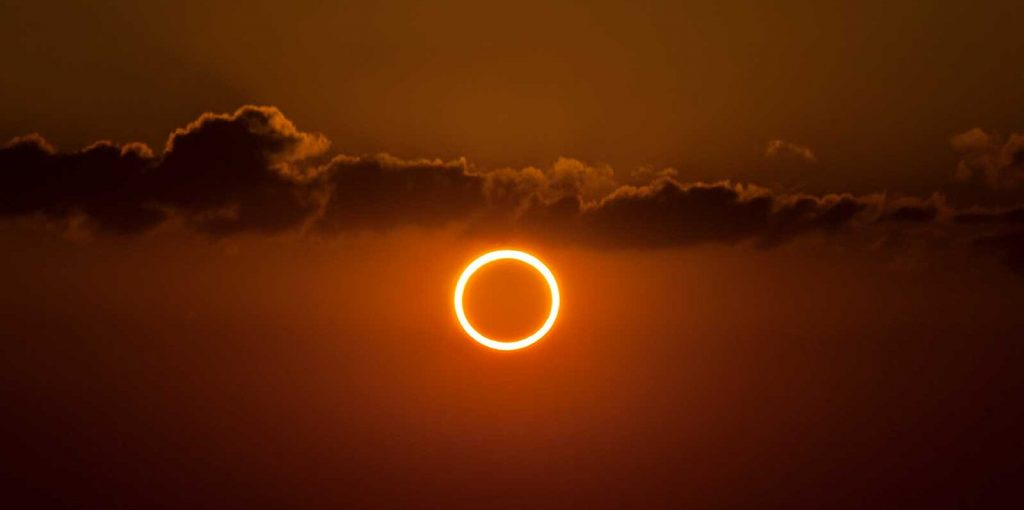
If you keep up with celestial events, you may already know that there’s more than one type of eclipse. North America won’t get another total solar eclipse until May 2022, but on June 10, 2021, you can look up to catch a “ring of fire” annular eclipse. Here’s what you should know to make sure you don’t miss it.
What is an annular eclipse?
Unlike a total solar eclipse, the moon doesn’t completely cover the sun during an annular eclipse. When the moon passes between the Earth and the sun, the sun’s outer edge remains visible at all times. This results in a dazzling ring of light circling the moon.
When the moon is farther away from Earth, it obscures less of the sun during a solar eclipse. The satellite needs to be relatively close to our planet to create a total solar eclipse like the one we witnessed in North America in 2017. You remember?
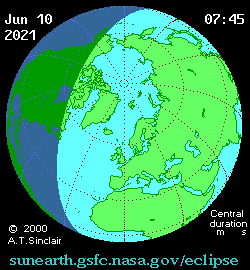
How to see the annular eclipse on June 10, 2021?
The full “ring of fire” effect will only be visible to people in northern Ontario, Quebec, and Nunavut in Canada during the eclipse on June 10.
Related: Watch the Devil Horns partial eclipse of the sun of 2019
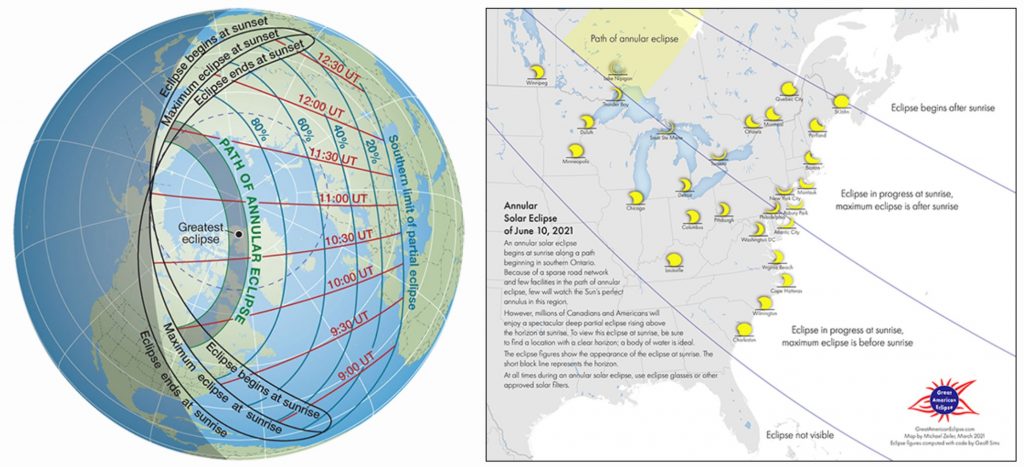
To sky-gazers in southern Canada and the northeastern United States, the edges of the sun won’t make a full circle around the moon. Instead, the moon will appear to take a bite out of the sun, turning it into a crescent shape.
The full annular eclipse lasts for three minutes and 51 seconds, and it will begin at 5:49 a.m. EDT on Thursday, June 10. The partial solar eclipse will last from 4:12 a.m. to 9:11 a.m. EDT.
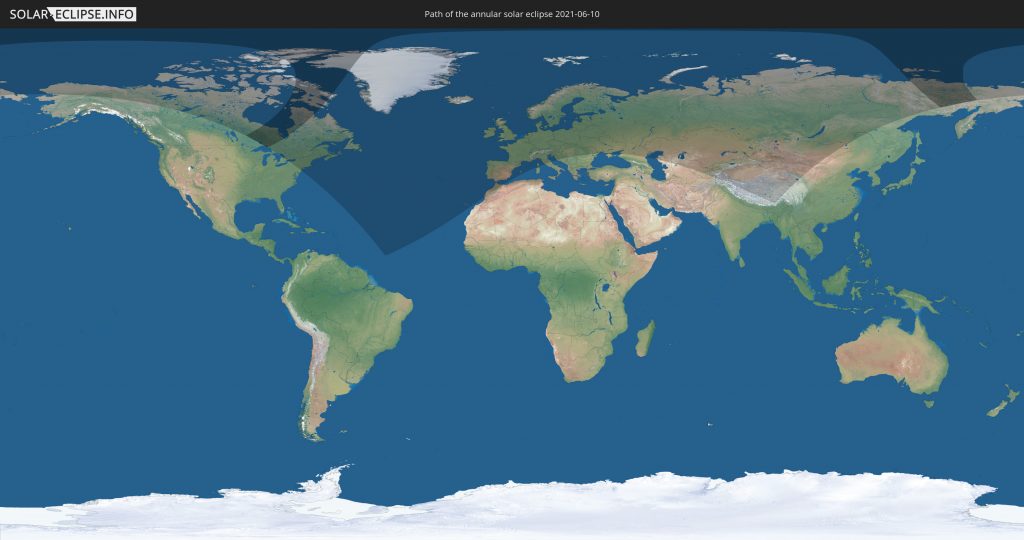
The partial solar eclipse will be visible in the following countries:
Russia
United States
Canada
Greenland
Bermuda
Saint Pierre and Miquelon
Portugal
Iceland
Spain
Morocco
Republic of Ireland
Svalbard and Jan Mayen
United Kingdom
Faroe Islands
Gibraltar
France
Isle of Man
Guernsey
Jersey
Andorra
Belgium
Netherlands
Norway
Luxembourg
Germany
Switzerland
Italy
Monaco
Denmark
Liechtenstein
Austria
Sweden
Czechia
San Marino
Slovenia
Croatia
Poland
Bosnia and Herzegovina
Hungary
Slovakia
Serbia
Åland Islands
Romania
Finland
Lithuania
Latvia
Estonia
Ukraine
Belarus
Moldavia
Kazakhstan
Turkmenistan
Uzbekistan
Afghanistan
Pakistan
Tajikistan
India
Kyrgyzstan
China
Mongolia
Like any solar eclipse, you will need protective glasses to look at the partial or annular solar eclipse directly.
So buy your protective glasses with us! Thank you!
Tips for safely viewing a solar eclipse
During the partial phase of a total eclipse, you need to wear special eclipse glasses that protect your eyes from the Sun.
This isn’t some overly cautious government recommendation that only the squares follow. If you don’t wear the glasses, you won’t be able to see anything that’s happening because you are staring at the Sun.
Eclipse glasses can be found online but will not magnify the eclipse.
Tips to photograph the eclipse
The big thing to remember is, DO NOT USE A FLASH—not for reasons related to photography (though seriously, do you think your Galaxy S6 flash is strong enough illuminate the entire sky?) but because part of the wonder of the event is the day turning to night!
Light pollution is already a problem for skywatching. Don’t turn the eclipse into a light toxic waste dump.
Do not use a flashlight, either.
The best photography advice might be to keep your camera at home and enjoy the total eclipse with your eyes—not through a glass screen. 😉
And buy your protective glasses with us! Thank you!
Now subscribe to this blog to get more amazing news curated just for you right in your inbox on a daily basis (here an example of our new newsletter).
You can also follow us on Facebook and/ or Twitter. And, by the way you can also make a donation through Paypal. Thank you!
You should really subscribe to QFiles. You will get very interesting information about strange events around the world.




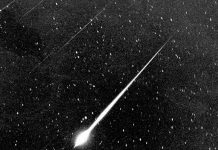
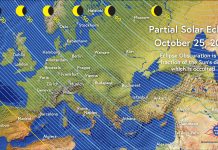
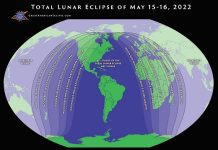
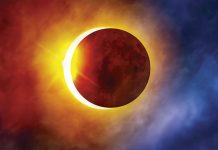
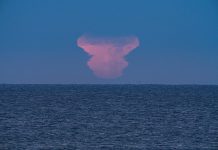

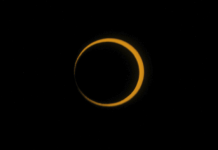
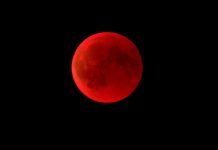


It’s an interesting picture. I never get too excited about lunar or solar eclipses. I prefer to watch lunar eclipses, I guess.